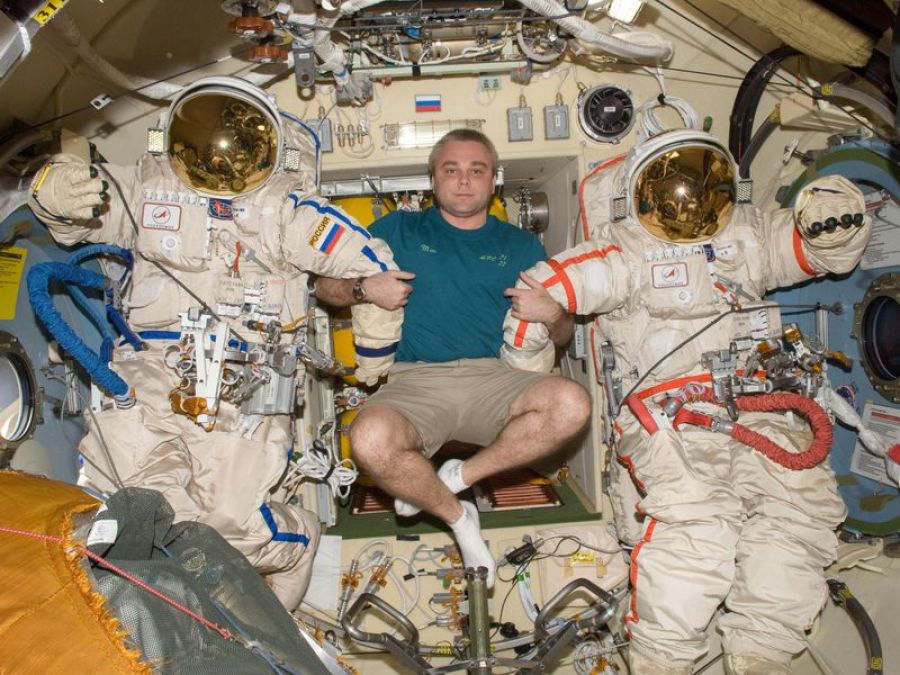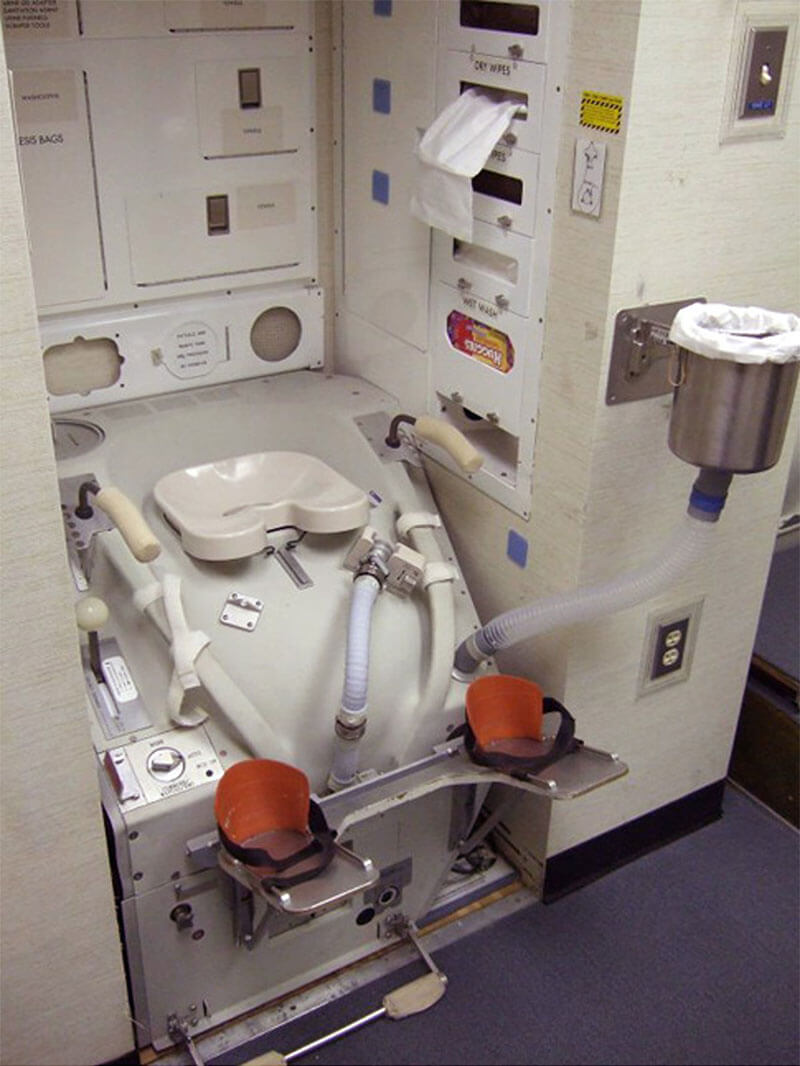When it comes to bathroom activities in space, astronauts have unique systems and procedures to address their bodily needs. During space travel, astronauts primarily use specially designed toilets to manage waste. The specifics vary depending on the spacecraft they are traveling in.

In the case of the Soyuz spacecraft, which transports astronauts to and from the International Space Station (ISS), a vacuum-like toilet system is employed. This system uses suction to draw urine away from the body and into a collection bin. To ensure a smooth experience, most astronauts receive an enema before launch to clear their system. Additionally, they wear diaper-like contraptions as a backup solution in case of any unexpected circumstances.

Once astronauts are aboard the ISS, they have access to a more elaborate toilet area. Although privacy is limited due to the confined space, a curtain provides some level of separation. The toilet on the ISS also operates on a vacuum-like mechanism. For urination, there are nozzles equipped with different attachments for men and women, which suction the urine away. Remarkably, this urine is then processed and turned into drinking water for the astronauts.

When it comes to solid waste, astronauts position themselves over a small seat and carefully aim their buttocks into the hole. The toilet system then uses suction to pull the waste into a sealed container, typically a plastic bag, which is later disposed of appropriately.

It’s worth noting that in the weightless environment of space, astronauts secure themselves to the toilet to prevent drifting away while using the facilities. However, on rare occasions, the toilet system can malfunction, leading to waste floating around the space station. Astronauts have amusingly referred to this as “re-corralling brown trout” and acknowledge that such incidents are unique to the space environment.

Over the years, toilet technology in space has evolved. In the early days of space travel, astronauts had to rely on diapers, which were officially known as “Maximum Absorbency Garments.” Fortunately, advancements have been made to accommodate the needs of both male and female astronauts, reflecting the increasing diversity in space exploration.

As humanity continues to explore and spend more time in space, ongoing improvements in toilet facilities will remain a crucial aspect of ensuring the comfort and well-being of astronauts during their missions.
WATCH THE VIDEO:











